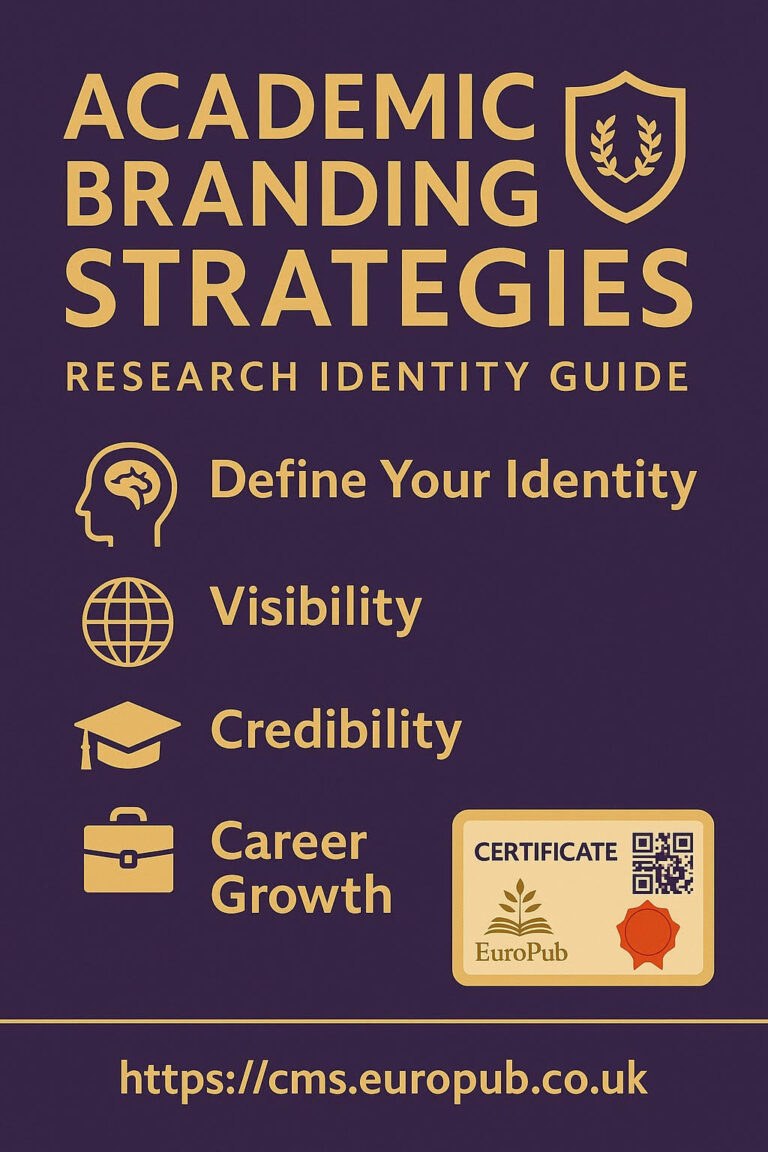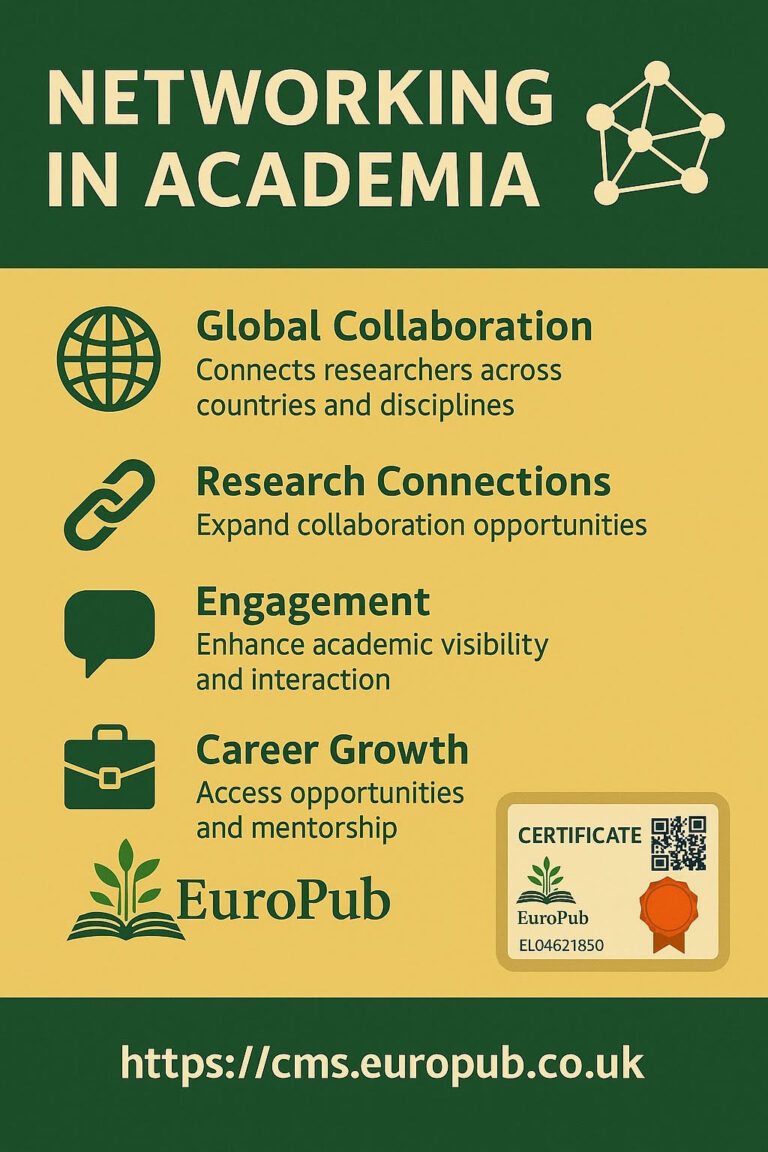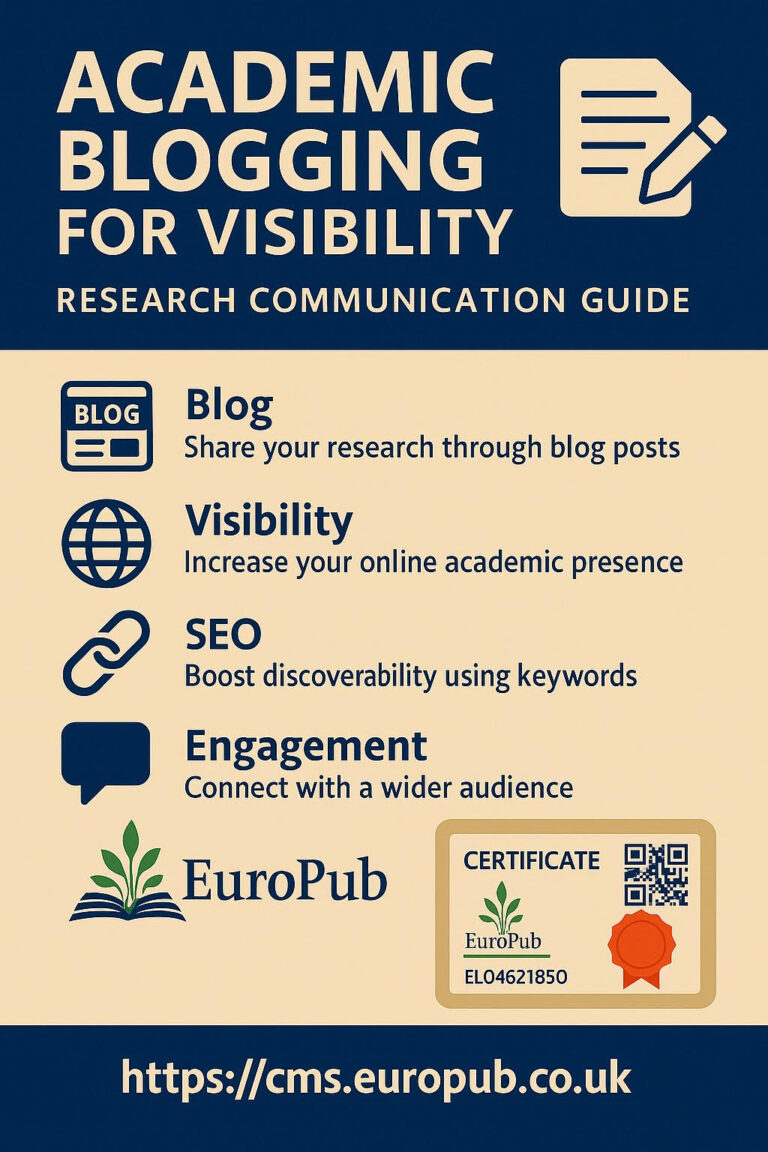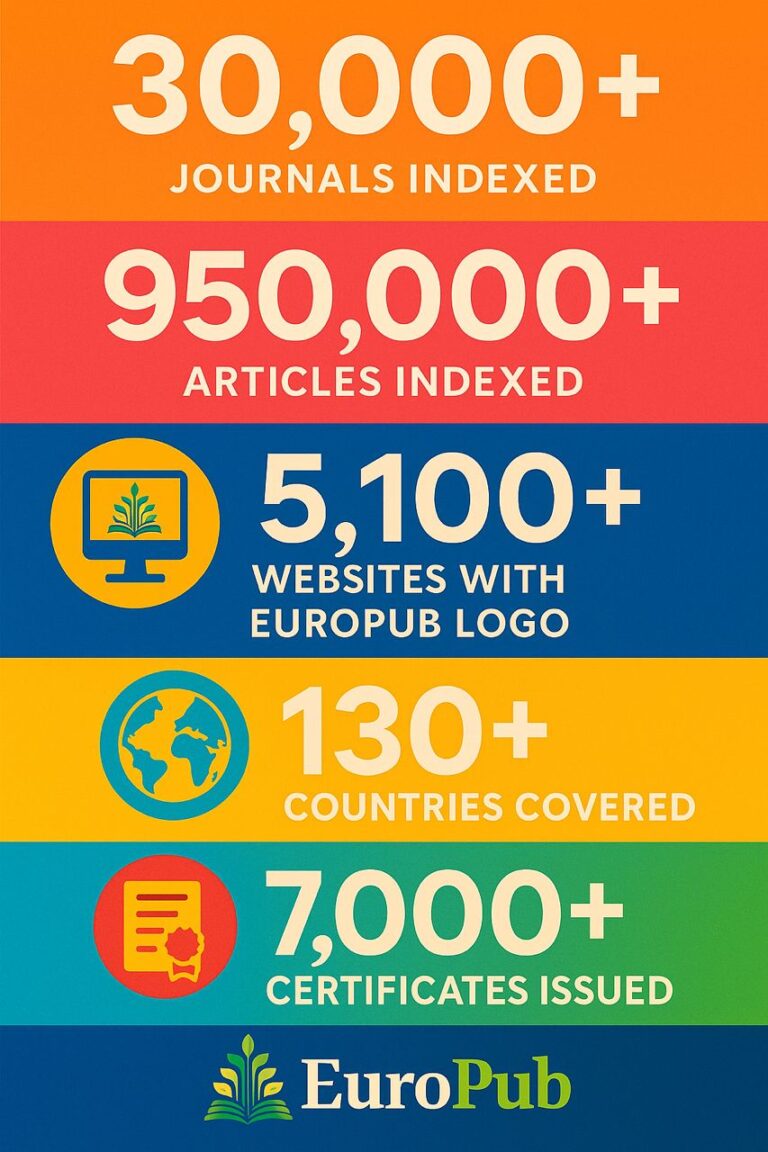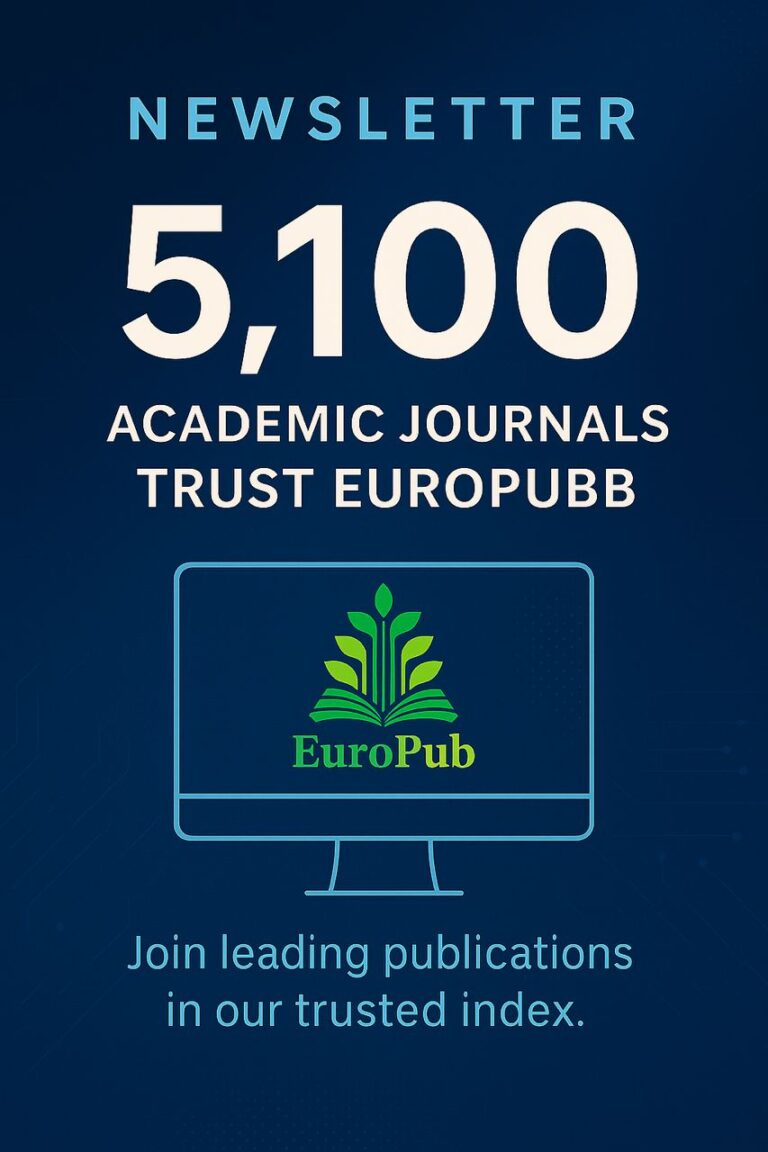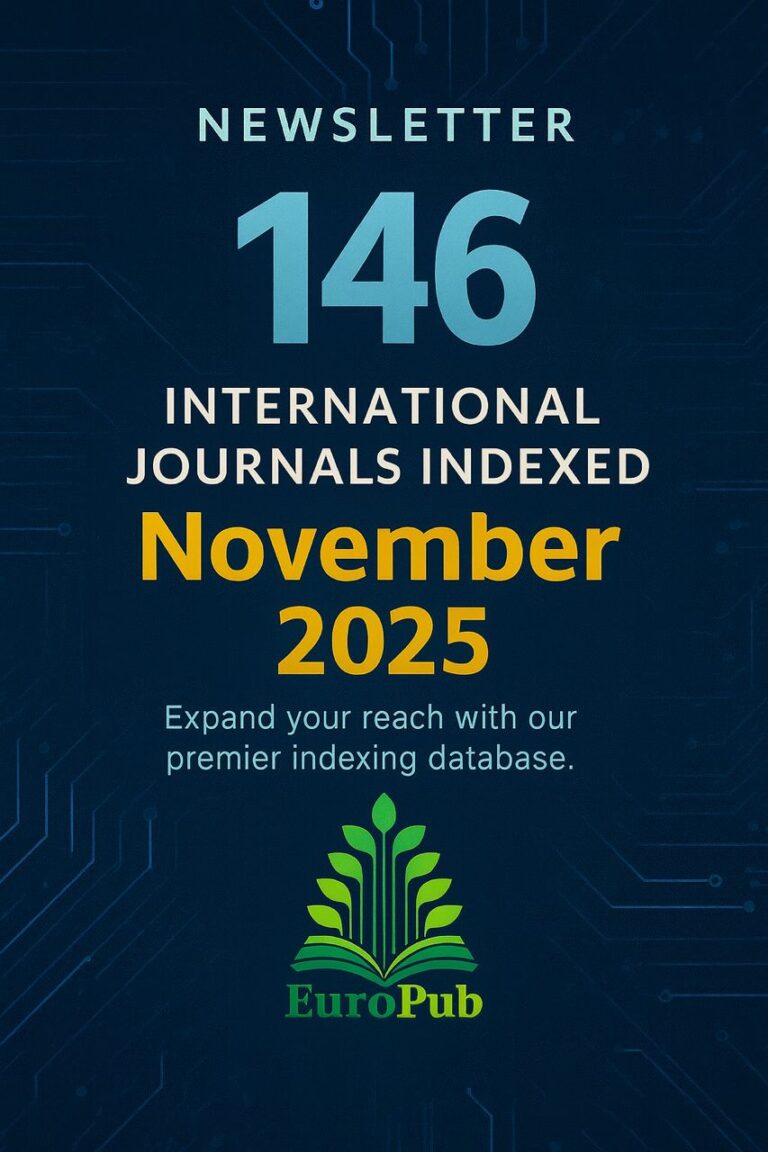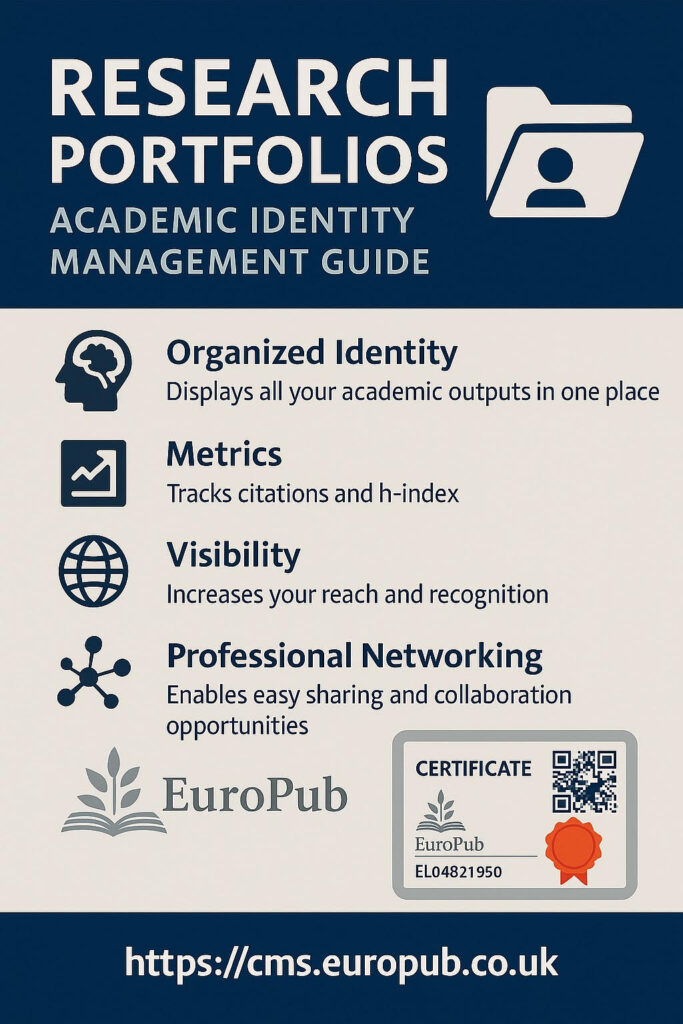
A Research Portfolio is a structured and verified collection of your academic work that demonstrates your skills, achievements, and scholarly contributions.
It serves as your academic identity card — combining publications, projects, citations, and certificates in one credible profile.
 Why a Research Portfolio Matters
Why a Research Portfolio Matters
| Benefit | Explanation |
|---|---|
 Organized Identity Organized Identity | Displays all your academic outputs in one place |
 Global Visibility Global Visibility | Increases your reach and recognition internationally |
 Career Advancement Career Advancement | Supports job applications, grants, and promotions |
 Evaluation & Metrics Evaluation & Metrics | Simplifies tracking of impact and productivity |
 Professional Networking Professional Networking | Enables easy sharing and collaboration opportunities |
 Key Components of a Strong Research Portfolio
Key Components of a Strong Research Portfolio
 Profile Information
Profile Information
Include your full name, institution, verified email, ORCID, and research statement.
 Publications List
Publications List
Add journal articles, conference papers, book chapters, theses, and reports — all with DOI or EuroCode links.
 Impact Metrics
Impact Metrics
Display h-index, citation count, and EuroPub impact certificates.
 Research Projects & Grants
Research Projects & Grants
Highlight funded projects, collaborations, and institutional roles.
 Certificates & Awards
Certificates & Awards
Attach official certificates (editorial, reviewer, participation, best paper, etc.) verified via Europub Certificate Platform.
 Teaching & Supervision Record
Teaching & Supervision Record
Include courses taught, supervised theses, and mentorship activities.
 Outreach & Community Involvement
Outreach & Community Involvement
Add invited talks, editorial roles, and conference organization experiences.
 Recommended Tools for Creating Research Portfolios
Recommended Tools for Creating Research Portfolios
| Platform | Description |
|---|---|
| ORCID | Global researcher identifier connecting all outputs |
| Google Scholar | Displays publications, citations, and metrics |
| Scopus Author ID | Tracks indexed papers and citation performance |
| ResearchGate | Academic social network for sharing and collaboration |
| Europub Certificate Platform | Centralized verification and certification of academic achievements |
| Europub Database | Displays indexed journals, authors, and conference records |
 How to Build Your Portfolio Effectively
How to Build Your Portfolio Effectively
- Step 1: Collect all your publications and conference materials.
- Step 2: Create or update your ORCID and Google Scholar profiles.
- Step 3: Register on Europub and link all certificates (editor, author, reviewer).
- Step 4: Organize your content chronologically with metrics.
- Step 5: Add short explanations under each section for context.
 Best Practices
Best Practices
| Action | Why It Matters |
|---|---|
 Keep portfolio updated Keep portfolio updated | Reflects current academic activity |
 Use DOIs and EuroCodes Use DOIs and EuroCodes | Ensures authenticity |
 Include visual elements Include visual elements | Certificates and logos enhance credibility |
 Share the link in your CV and email signature Share the link in your CV and email signature | Increases visibility |
 Backup your data Backup your data | Prevents loss of records and metrics |
 Common Mistakes to Avoid
Common Mistakes to Avoid
 Including non-academic or outdated work
Including non-academic or outdated work Ignoring verification for certificates
Ignoring verification for certificates Using inconsistent author name formats
Using inconsistent author name formats Forgetting to update metrics
Forgetting to update metrics Linking to inactive or broken pages
Linking to inactive or broken pages
 Ethics in Research Portfolios
Ethics in Research Portfolios
- Present only verified and original work.
- Respect co-authorship and institutional acknowledgment.
- Avoid manipulation of citation or index data.
- Follow COPE Ethical Publishing Guidelines
 Useful Resources
Useful Resources
| Resource | Link |
|---|---|
| ORCID | https://orcid.org |
| Google Scholar | https://scholar.google.com |
| Scopus Author ID | https://www.scopus.com |
| ResearchGate | https://www.researchgate.net |
| Europub Certificate System | https://cms.europub.co.uk |
| Europub Database | https://europub.co.uk |
| Europub Scientific News | https://news.europub.co.uk |
 FAQs — Research Portfolios
FAQs — Research Portfolios
 1. What is the difference between a CV and a Research Portfolio?
1. What is the difference between a CV and a Research Portfolio?
A CV lists your experiences, while a Research Portfolio shows evidence — including publications, certificates, and impact metrics.
 2. Who needs a research portfolio?
2. Who needs a research portfolio?
Researchers, professors, PhD students, and editors who want verified, accessible, and professional documentation of their achievements.
 3. How often should I update it?
3. How often should I update it?
Every 2–3 months or after each new publication, project, or award.
 4. Can Europub host or verify my portfolio?
4. Can Europub host or verify my portfolio?
Yes — Europub offers certificate-based verification and profile integration for institutional recognition.
 5. What if I have publications in different names or institutions?
5. What if I have publications in different names or institutions?
Use ORCID and Europub integration to merge them automatically.
 6. How can a portfolio increase my citations?
6. How can a portfolio increase my citations?
Visibility attracts readers and collaborators, leading to more references and citation growth.
 Europub Certification Reminder
Europub Certification Reminder
Showcase your verified academic identity with Europub:
- Research Portfolio Certificate
- Academic Verification & Impact Badge
- Professional Record Integration Service
 Apply here: https://cms.europub.co.uk
Apply here: https://cms.europub.co.uk
